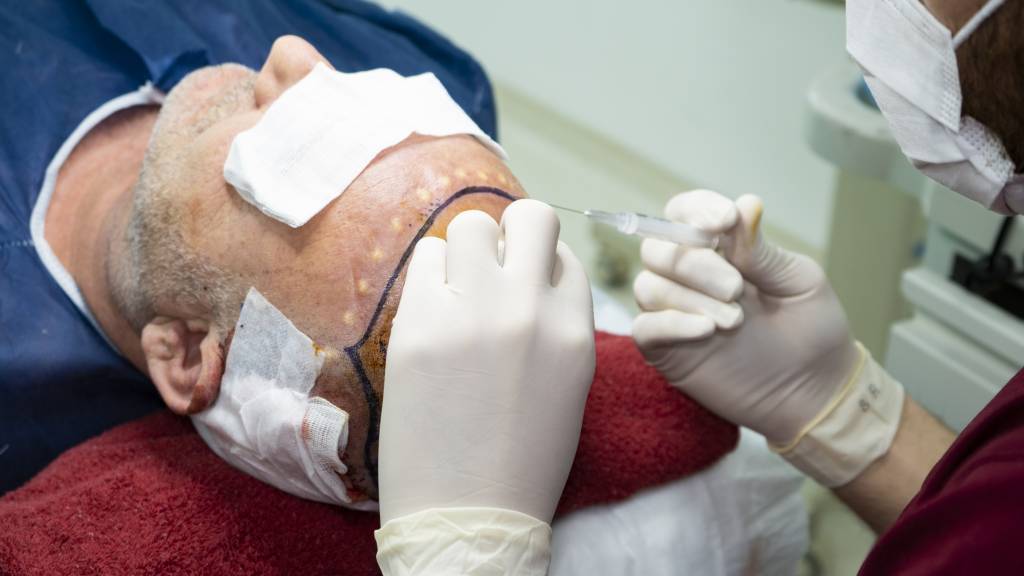
Hair Transplant: A Solution for Your Complexes
This publication is also available in: Français
English (UK)
Deutsch
Italiano
Español
According to statistics, androgenetic alopecia affects approximately 80% of men compared to 25% of women. Whether genetic or not, hair loss is a source of great complexity for those who are affected. Fortunately, patients can turn to hair transplants to restore the density of their scalp. Discover everything you need to know about this solution.
How do you know if a hair transplant is necessary for you?
Male pattern baldness is a hereditary condition classified into seven stages according to the Hamilton-Norwood scale. At each stage, distinct areas of the scalp become sparse. A hair transplant may not be necessary at the first stage: since hair loss is not pronounced and continues to evolve, treatments are generally more indicated. The second stage is characterized by exposure of the frontal ridges and thinning at the temples.
Even if it is still a moderate baldness, a transplant can already be considered to stop the thinning. Furthermore, the method of grafting used will greatly influence the success rate of the operation. The very first grafting technique used is FUT (Follicular Unit Transplant) with a success rate between 60 and 70%. However, it is increasingly being abandoned in favor of the FUE (Follicular Unit Extraction) technique, which guarantees a success rate of up to 90%, regardless of the hair type. The FUE is the most recommended grafting technique, especially since it is very minimally invasive.

Prepare for the transplant: what you need to know beforehand
Good preparation is crucial for the success of a hair transplant operation. Two weeks before the scheduled date for the operation, you must undergo a blood test. This preoperative assessment helps the professional determine the feasibility of the intervention. Besides the preoperative assessment, certain criteria must be met to later optimize hair regrowth. It is imperative to adopt a healthy and balanced diet. Choosing a good sleep rhythm and proper hydration will also be relevant to maximize your chances. It is prohibited to consume alcohol four days before the intervention.
In practice, alcohol limits the effectiveness of anesthetics, which can consequently increase the pain during the hair transplant. During this same period, tobacco is also prohibited. It limits blood flow to the scalp, which significantly reduces hair regrowth. The failure of the operation is also attributed to tobacco as it increases the likelihood of premature necrosis of the cells. Finally, avoid anticoagulants. Due to their ability to liquefy the blood, the healing time is extended.
How is a hair transplant performed?
Before the procedure, the patient must apply an antiseptic shampoo to their scalp. Once prepared, the professional locally anesthetizes the donor area after marking the recipient area with a dermatological pencil. Equipped with a micro-pincette, they extract grafts that they previously detach using a motorized micro-punch (follicular extraction). The viability of the grafts is checked under a microscope.
These grafts are then immersed in a dedicated conservation solution. To restore the bald area, the professional uses a Choi implanter. This allows the follicles to be inserted into the scalp by making slight perforations. Once the implantation of the follicles is completed, the professional provides recommendations to optimize hair growth and reduce the healing duration. These tips will vary based on the surface area of the re-implanted zone, the quality of the follicles, and the patient’s skin type.
Source: https://medihair.com/fr/statistiques-sur-les-greffes-de-cheveux/



